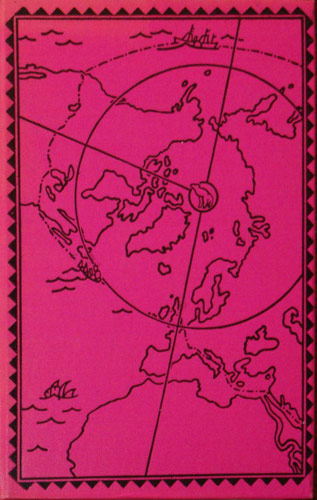
He also inspired large-scale underwater mining and farming of flora and fauna, and electricity from thermoclines, all currently in development. In this novel alone Verne has anticipated submarine diving planes, scuba gear, underwater laboratories, and marine ecological disasters.

Restored to the volume along with the original woodcut illustrations are the entertaining and often prescient drams of Captain Nemo, widely considered the prototypical science-fiction character. After nearly thirty years of work, including rigorous examinations of his translation by experts in marine technology and biology, Miller teamed that Frederick Paul Walter in 1992 to create this landmark scientific and literary achievement. Mercier's act of literary vandalism went unnoticed until 1965, when New York University English professor Walter Miller discovered the missing text and began the restoration of the Verne masterpiece. Now, thanks to the life-long efforts of two Verne scholars, the English-speaking world at last has access to a definitive translation, the only English version based solely on the level of literary artist and scientific visionary, a category he has always enjoyed in Europe and Russia.


Since 1873 the standard English version has been Lewis Mercier's mangled "translation," a work that's filled with errors, mistranslations, and bogus additions, and missing nearly a quarter of Verne's original text.

For the past 120 years, readers of English have known only a poor imitation of Jules Verne's classic French novel Vingt Mille Lieues Sous les Mers and consequently relegated the writer to the category of a "boy's author".


 0 kommentar(er)
0 kommentar(er)
